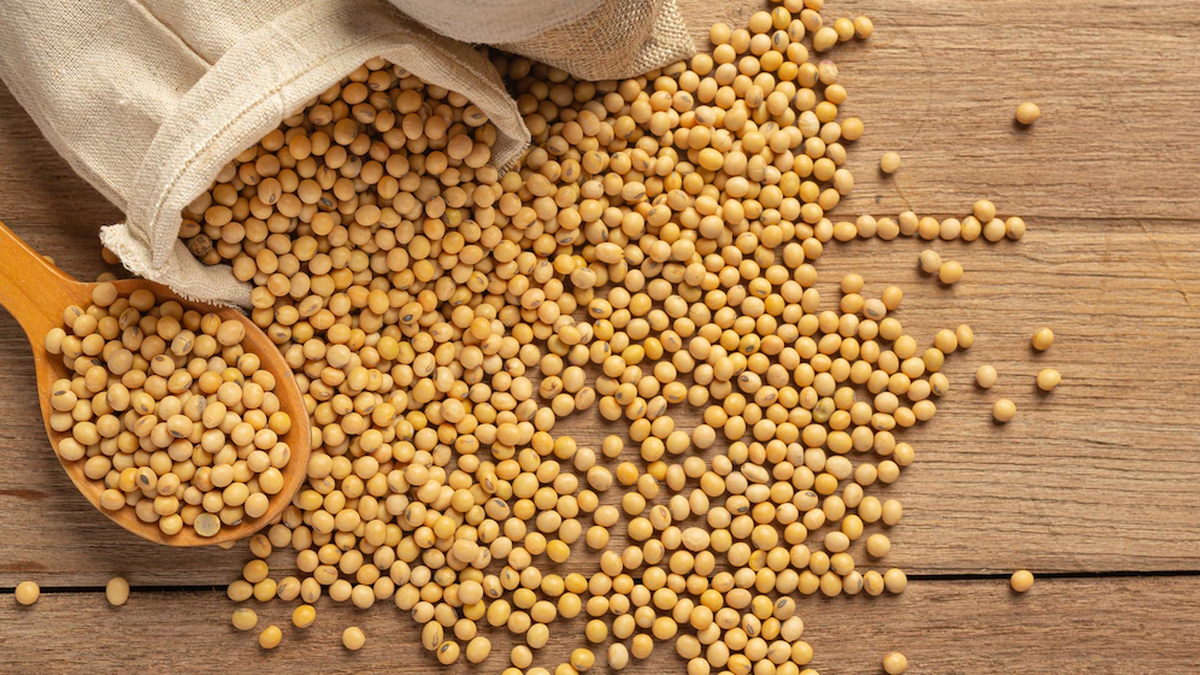The soy reached its maximum value in a month in the Chicago market and a window of opportunity opens for the Uruguayan agriculture, at a time when the oilseed harvest forecast rose to 3.2 million tons.
Specifically, the soy for July it rose 11 cents to $12.10 a bushel, due to flooding in southern Brazil and complications in Argentina to harvest the harvest due to persistent rains. Thus, an important panorama opens up for the Uruguayan exports.
Placements increased by 27% in April, driven by the calendar effect of the year-on-year comparison with April 2023, which had fewer business days due to the Tourism Week. In the case of the soy, External sales were 134 million dollars, a year-on-year improvement of 64%.
A positive year for soybeans
The improvement in the price of the oilseed occurs in a year where the harvest forecast reaches 3.2 million tons, according to data from the United States Department of Agriculture, which exceed local estimates by 200,000.
In this way, although production will be below the historical numbers of a decade ago, it will contrast sharply with a 2022/2023 harvest marked by drought, where estimates were slightly higher than one million tons.
In this scenario, the floods in Rio Grande do Sul, state that is the second largest producer of soybeans Brazil and where the harvest is in its final phase, it could be an opportunity for local agriculture.
What happens to corn?
Meanwhile, the futures of corn For July in Chicago they fell 0.25 cent to $4.595 per bushel, after having risen to $4.68, the highest level of the contract since January 26, due to concerns about the drought in Russia, the world’s largest supplier of wheat.
Corn sales by U.S. farmers increased starting Thursday, when the contract hit $4.60, according to brokers. In Argentina, the stunting of corn by leafhoppers, and the adverse climate, led to the Buenos Aires Cereal Exchange to cut its estimate for Argentina’s 2023/24 corn crop by 3 million metric tons, to 46.5 million tons.
Regarding wheat, the Russian agricultural consultancy IKAR cut its forecast for the country’s crop to 91 million metric tons from 93 million tons and its wheat exports to 50.5 million metric tons from 52 million tons.
Source: Ambito




